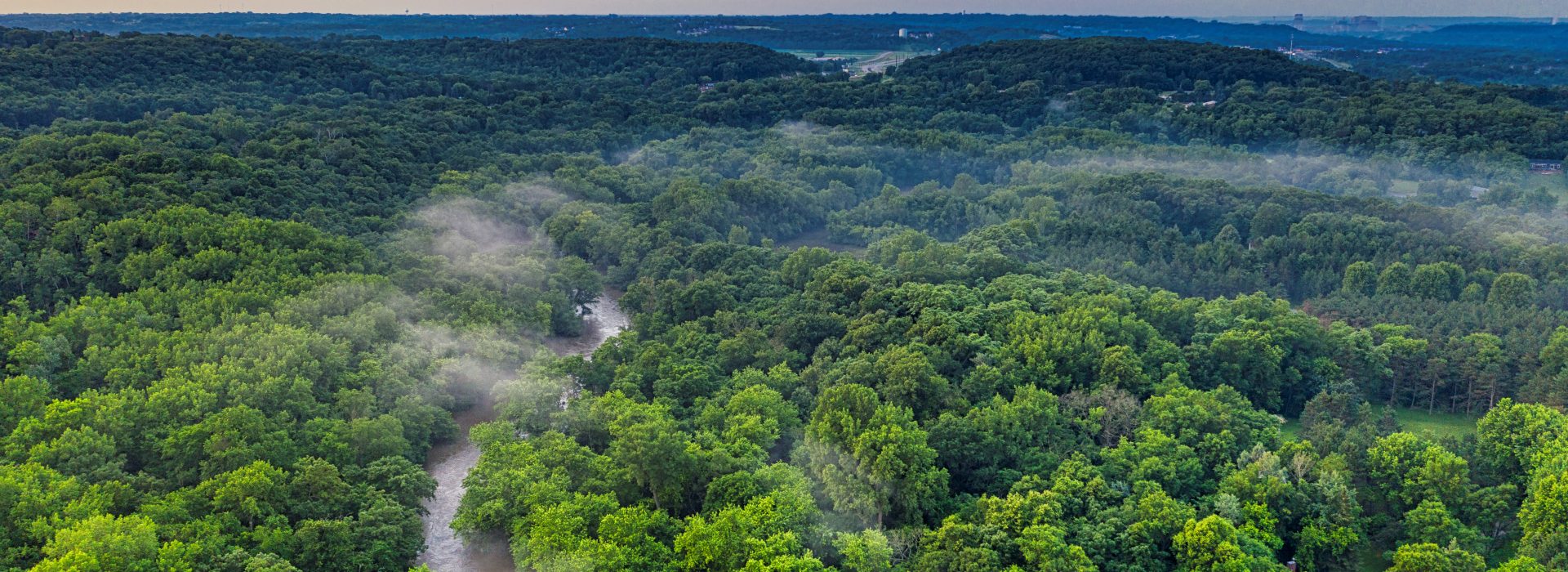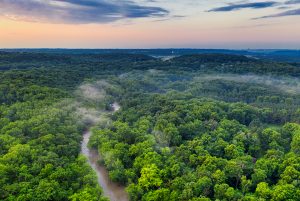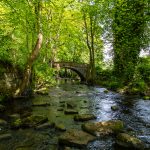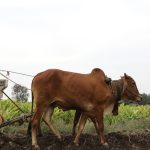The Amazon rainforest, the world’s most expansive rainforest, spans an area of 6.9 million square kilometres (2.72 million square miles), accounting for approximately 40% of South America. It is a biodiversity hotspot, hosting around three million species of flora and fauna, and is home to a million indigenous people. However, this vital ecosystem is under threat due to human activities. Here are ten critical points about the deforestation of the Amazon rainforest.
1. Brazil Accounts for Over 40% of Global Tropical Deforestation
Every year, we lose approximately 5 million hectares of forest globally due to activities such as agriculture, livestock farming, logging, palm oil and soy production, and gold mining. A significant portion of this deforestation, about one-third, happens in Brazil’s Amazon forest, equating to 1.5 million hectares annually.
2. Beef Production is the Primary Cause of Amazon Deforestation
The worldwide demand for beef is escalating. Each year, an estimated 81,081 square metres of forest land is cleared for meat production, with 80% of this happening in the Amazon. From August 2018 to July 2019, the Amazon lost over 3,800 square miles, equivalent to over 1.8 million football fields, to make way for beef production.
3. Gold Mining Activities in the Amazon are Increasing
Gold mining projects have seen a surge across the broader Amazon region in recent years, particularly along the Guiana Shield, in line with the steady growth of the global gold market. These mining projects, often deep within the forests, degrade vital habitats and pose significant risks of water contamination and soil erosion.
4. Soybean Production Poses a Rising Threat
Soybean production, which is primarily used as animal feed and to support the massive demand for meat production, is responsible for about 12% of global deforestation. Brazil is currently responsible for around one-third of global soybean production.
5. Species like the Blue Macaw are Under Threat
The Hyacinth Macaw, also known as the Blue Macaw, a native species of the Amazon, is seeing its natural habitats and resources shrink due to illegal logging, agricultural land clearing, and urban development. Today, it is confined to small areas, including central Pará, a deforestation hotspot.
6. The Amazon Rainforest is Now a Carbon Emitter
The Amazon rainforest, a natural carbon sink, plays a crucial role in absorbing and storing carbon dioxide from the atmosphere. However, due to ongoing deforestation and an increase in wildfires, the Amazon now emits more carbon dioxide than it absorbs.
7. Deforestation Rates Skyrocketed During Bolsonaro’s Presidency
Since Jair Bolsonaro assumed the presidency of Brazil in January 2019, deforestation rates have surged to record levels. Data from the Brazilian government and Imazon, an NGO that independently monitors forest destruction, show that deforestation under Bolsonaro’s administration is significantly higher than during Brazil’s two previous presidencies.
8. Indigenous Communities are Crucial for Rainforest Protection
Indigenous territories and communities play a significant role in preserving the Amazon’s biodiversity and the carbon potential of forest trees and soil. Research has shown that Indigenous lands serve as effective barriers against deforestation.
9. Over 100 Countries, Including Brazil, Vowed to End Deforestation by 2030
At the COP26 UN climate summit, over 100 countries pledged to halt and reverse deforestation by 2030. Surprisingly, Brazil, despite President Bolsonaro’s notable absence at the conference, was part of this pledge.
10. The EU Plans to Prohibit Food Imports from Deforested Areas
The EU is considering banning six agricultural and food commodities associated with deforestation to help protect the world’s most vulnerable forests, including the Amazon. If the legislation is passed, European companies will be required to demonstrate that the products they sell did not contribute to legal or illegal deforestation or forest degradation.
Article was inspired from Earth.org












